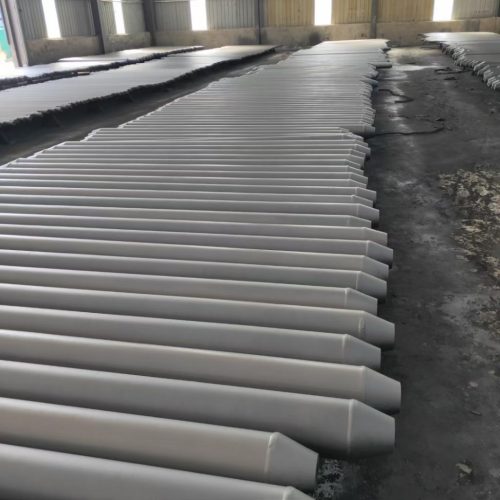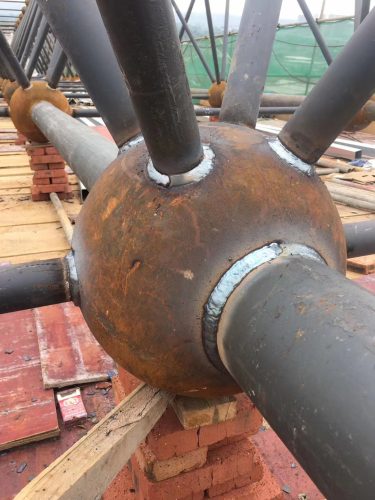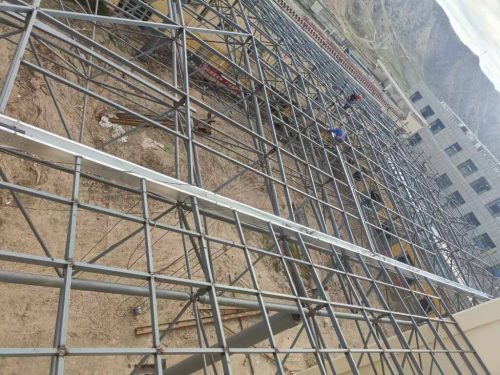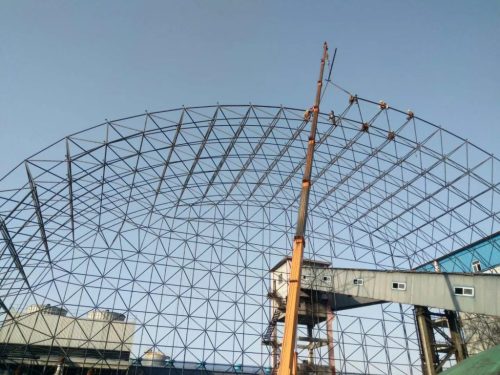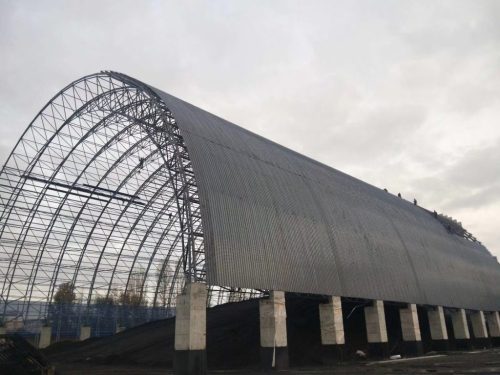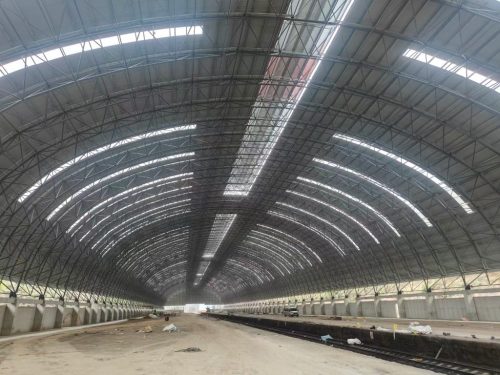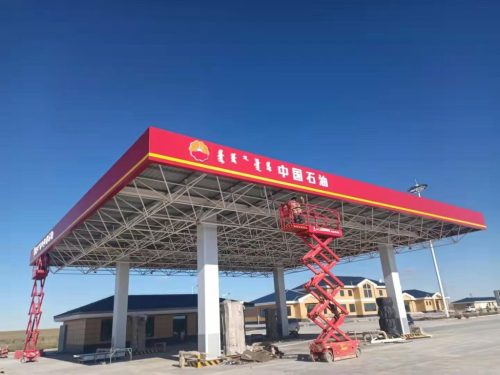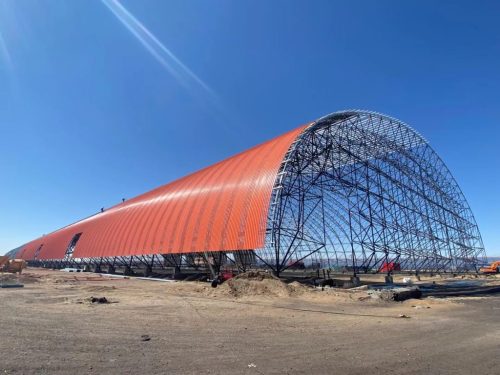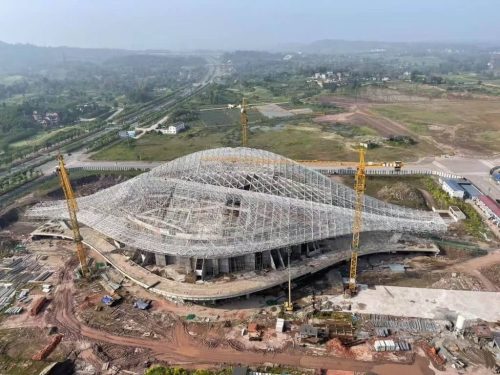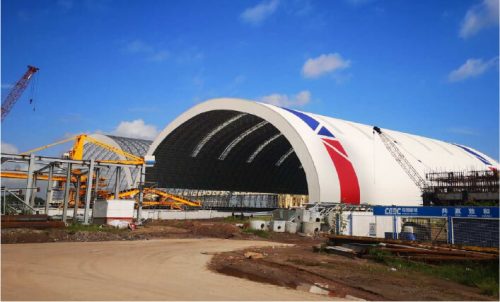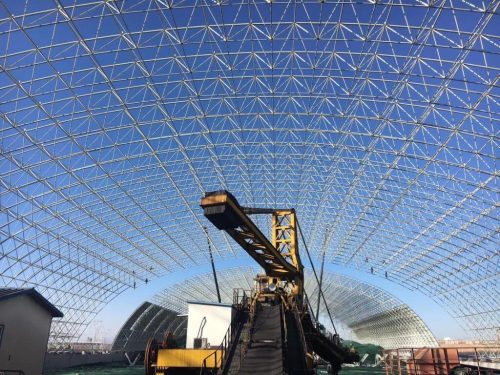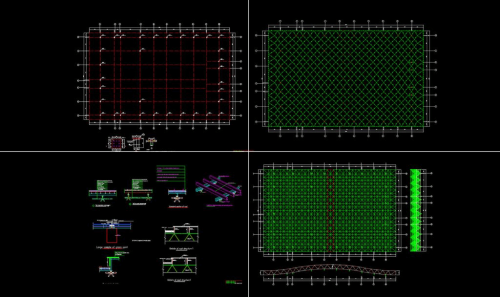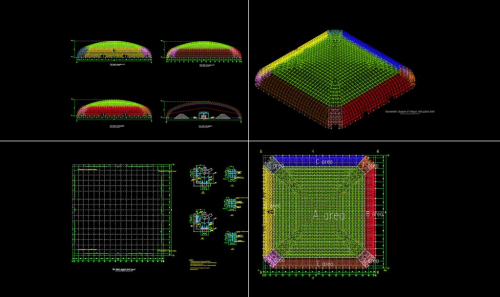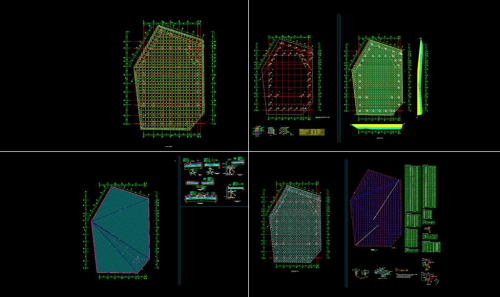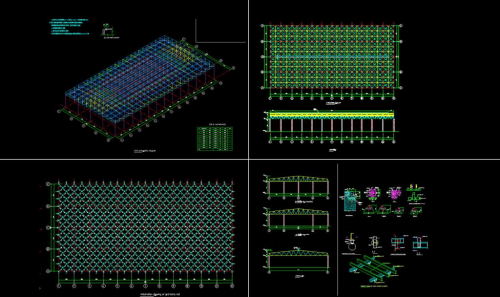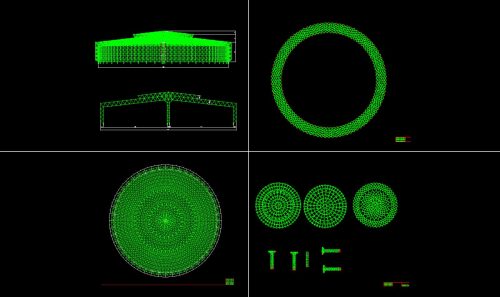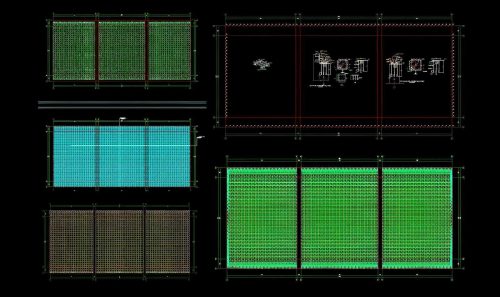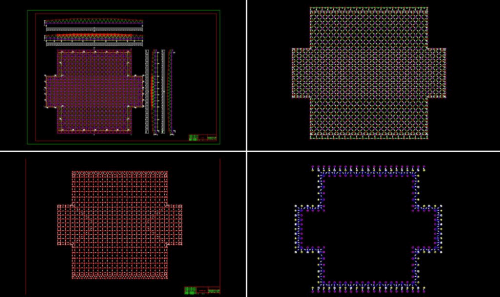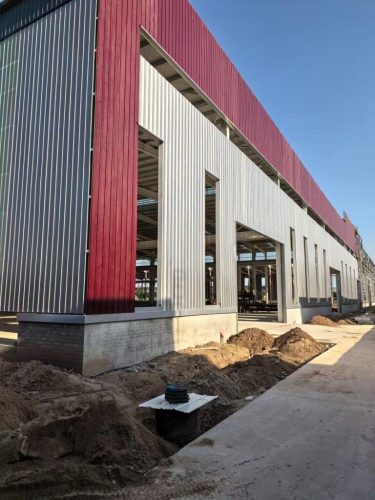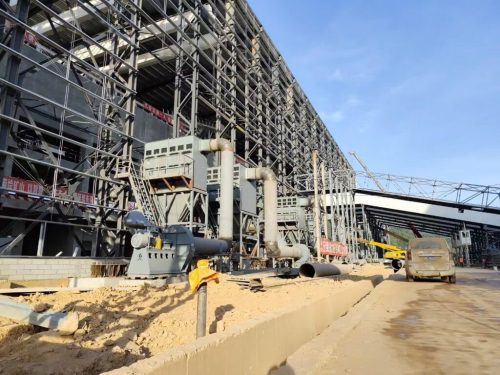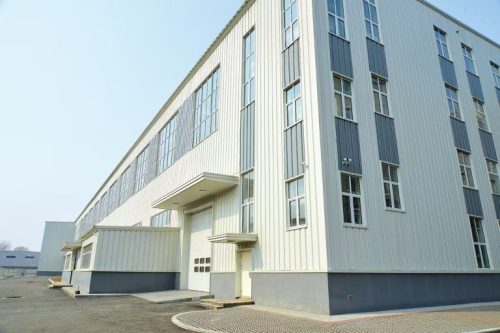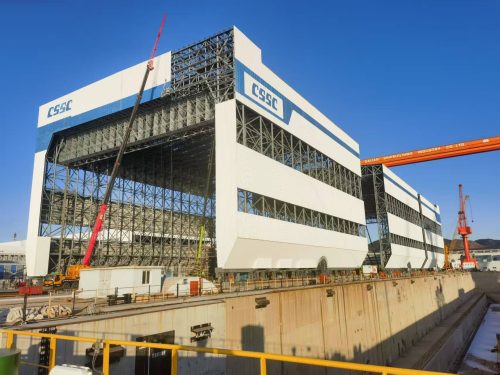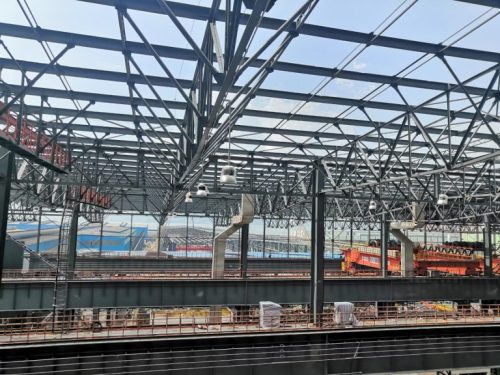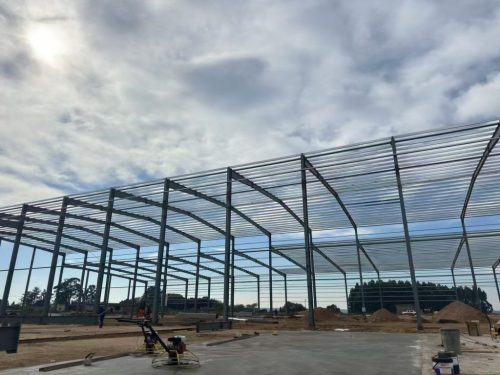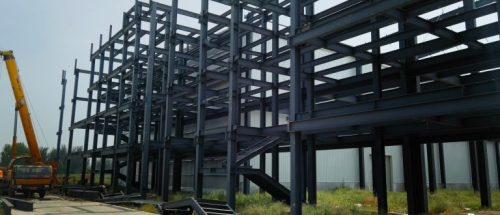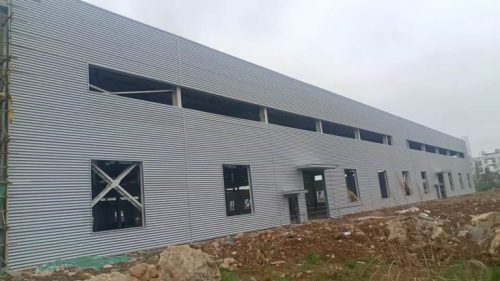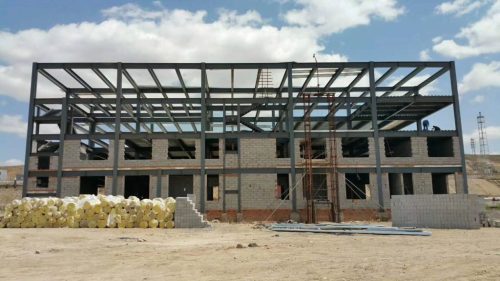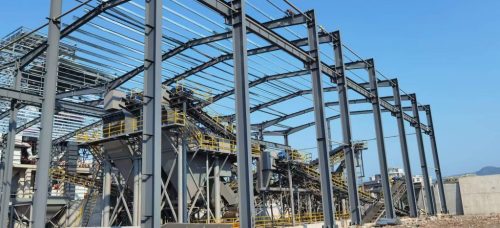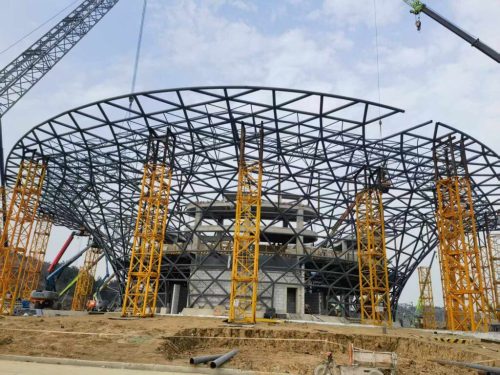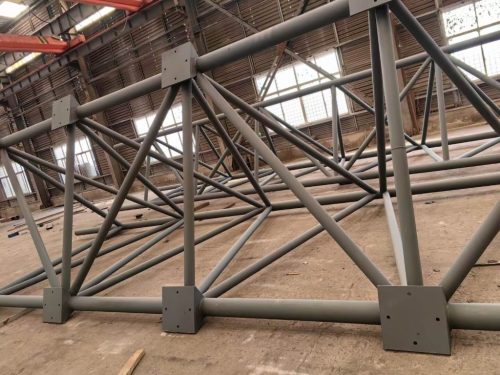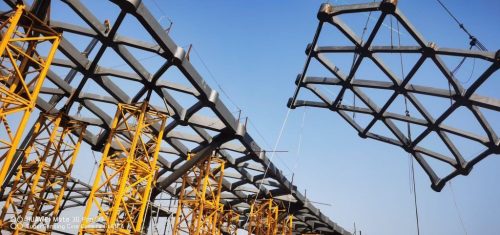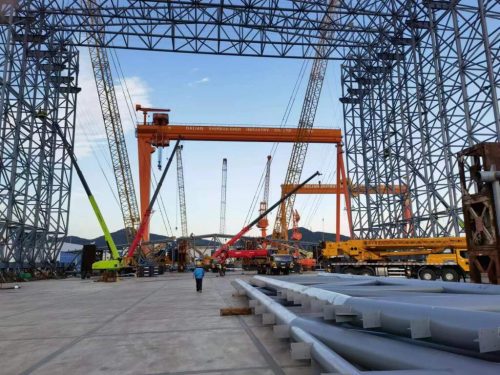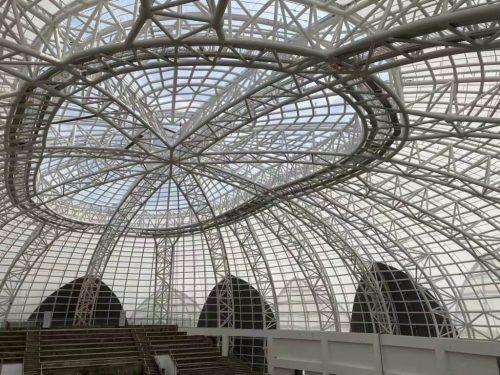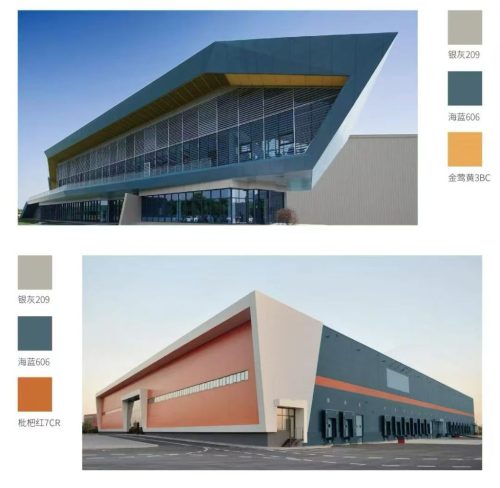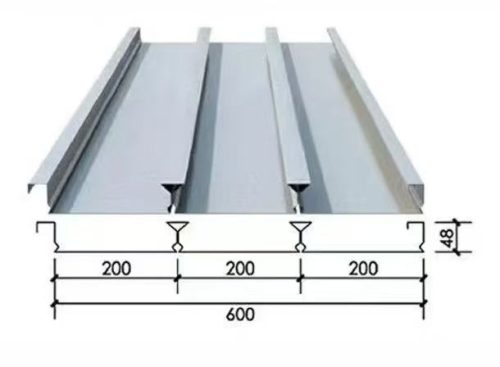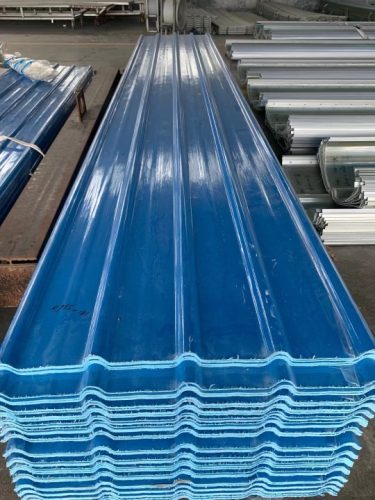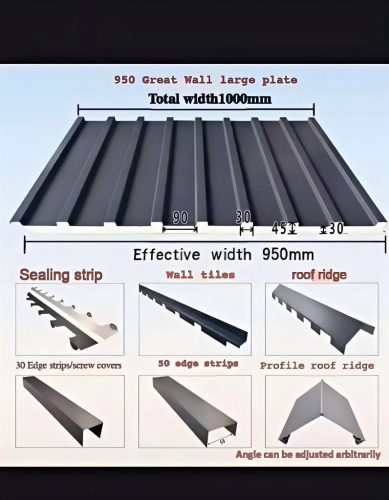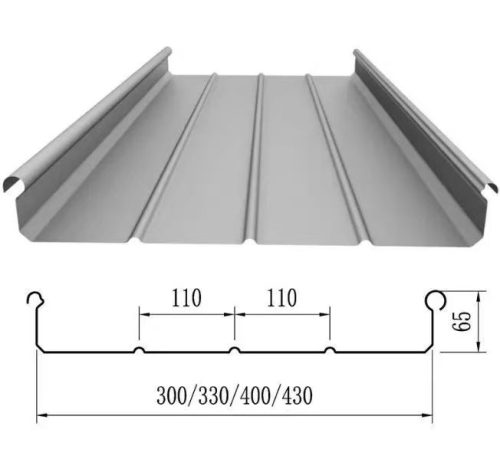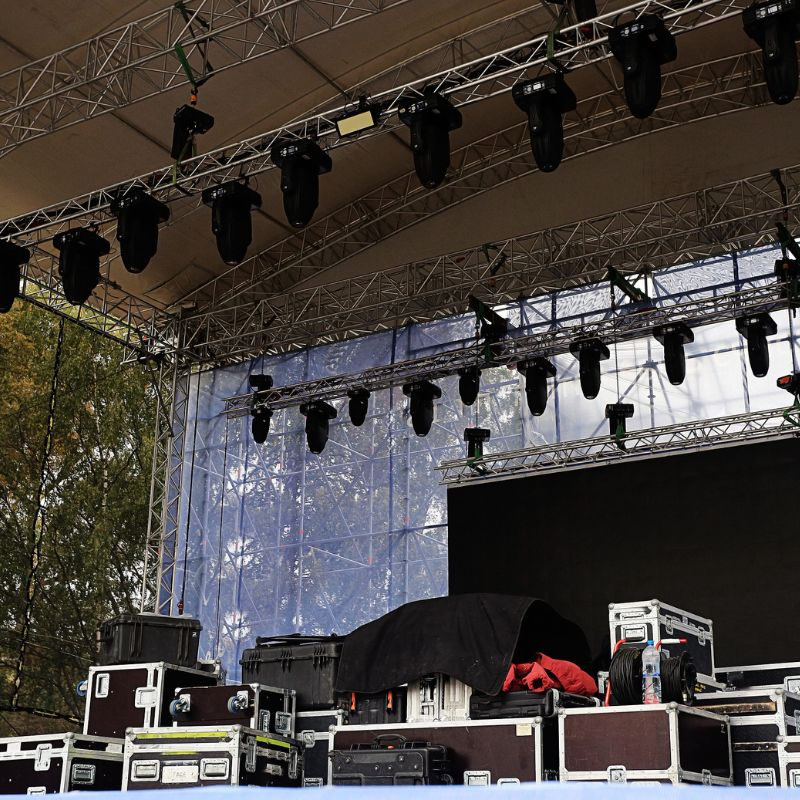Flexibility of Steel Structure Steel Space Frame in Temporary Buildings
In the modern construction industry, the ability to quickly deploy functional spaces is crucial in various applications, especially in emergency situations, temporary events, and exhibitions. Steel structure space frames are increasingly being recognized for their flexibility and efficiency in creating temporary buildings, such as emergency facilities, exhibition halls, and temporary stages. These structures provide a quick, scalable, and reliable solution to meet the diverse needs of temporary building applications.
Steel space frames are lightweight, strong, and adaptable, making them ideal for temporary buildings that require both speed of construction and durability. In this article, we will explore how the flexibility of steel structure steel space frames plays a significant role in enhancing the functionality, efficiency, and cost-effectiveness of temporary structures.
1. Quick Construction of Emergency Facilities
During natural disasters, public health emergencies, or other urgent situations, the ability to quickly erect temporary buildings is essential for providing critical services. Emergency facilities, such as medical clinics, shelters, and command centers, need to be constructed rapidly to accommodate displaced people or provide immediate relief.
a. Rapid Assembly and Disassembly
One of the primary advantages of using steel space frames in emergency buildings is their quick assembly and disassembly. The prefabricated components of the steel space frame system can be easily transported to the site and assembled with minimal labor. The modular design of space frames allows for scalability and adaptability; components can be added or removed as needed, depending on the size and function of the emergency facility.
For example, temporary medical tents or field hospitals require large, open spaces to house beds, equipment, and medical staff. Steel space frames can be designed with large spans to provide a column-free interior, maximizing the usable space. The structures are designed to be lightweight yet strong, enabling them to be transported quickly and installed in any location, including remote or challenging environments.
b. Resilience in Harsh Conditions
Steel space frames are well-suited for emergency applications due to their durability and ability to withstand harsh weather conditions. These structures can be designed to resist heavy winds, snow loads, and rain, ensuring that temporary buildings remain operational even in extreme weather conditions. Additionally, steel space frames are fire-resistant and non-combustible, making them safer in emergencies compared to other temporary materials.
2. Exhibition Halls: Customizable and Flexible Space
Exhibition halls, trade shows, and conferences often require temporary buildings that can be quickly assembled and customized to accommodate various types of displays, stages, and booths. Steel space frames provide the ideal solution due to their ability to create large, column-free interiors with flexible layouts.
a. Adaptable Layouts for Various Events
Exhibition halls must accommodate a wide range of events, from large-scale exhibitions to smaller conferences or performances. Steel space frames offer customizable designs that allow for flexible configurations. The open-span nature of the frame means there are no internal columns or supports to obstruct the layout, allowing exhibitors to set up booths, stages, or other installations without space constraints.
Furthermore, steel space frames can be easily expanded or reconfigured to suit changing needs. For instance, if a larger exhibition space is required, additional sections can be added to the frame, and the design can be modified to support larger loads or new functionalities, such as additional lighting or sound systems.
b. Efficient Design for Cost Savings
In the context of temporary exhibitions, cost-effectiveness is essential. Steel space frame structures are cost-efficient because they require minimal materials while still providing the necessary strength and stability. The modular design allows for easy assembly and disassembly, which helps reduce labor costs and installation time.
Moreover, the durability of steel frames ensures that the structures can be reused for multiple events. The materials can be recycled or repurposed, contributing to a sustainable approach to exhibition space construction. This also reduces the need for building new structures for every event, saving resources and costs in the long run.
3. Temporary Stages for Events and Performances
Temporary stages are commonly used for concerts, festivals, theater productions, and other public events. Steel space frames are ideal for supporting large temporary stages due to their ability to create strong, stable, and column-free platforms that can hold heavy equipment and performers.
a. Heavy Load Capacity and Safety
Steel space frames are capable of supporting heavy loads, making them suitable for large performance stages, where lighting rigs, audio equipment, and props need to be safely supported. The load distribution capabilities of steel space frames ensure that the weight is spread evenly across the structure, reducing the risk of stress on individual components.
Moreover, safety is a primary concern in temporary structures, especially when supporting large crowds. Steel space frames can be designed to meet strict safety standards, including wind resistance, earthquake resistance, and fire safety requirements. Their ability to remain stable and reliable under stress ensures that performers and audiences are protected throughout the event.
b. Flexibility in Design
For events such as festivals and concerts, where creativity and uniqueness are key, customizable stage designs are essential. Steel space frames can be tailored to create complex geometric shapes and unconventional forms, allowing for unique, artistic designs. Whether it's a multi-tiered stage, an outdoor amphitheater, or a 360-degree performance space, the flexibility of steel space frames allows architects to push the boundaries of stage design.
4. Key Advantages of Steel Space Frames in Temporary Buildings
a. Speed of Construction
The primary advantage of using steel space frames in temporary buildings is the speed with which they can be erected. Because they are prefabricated off-site, construction time is significantly reduced compared to traditional building methods. This is especially important for emergency facilities, where time is a critical factor.
b. Cost-Effectiveness
Steel space frames are cost-effective for temporary buildings, especially when considering the long-term benefits of reuse and recycling. The modular design of space frames reduces waste and ensures that only the necessary components are used for each project, leading to cost savings in both material and labor.
c. Sustainability
Steel is a recyclable material, making it a more sustainable option for temporary construction. After the temporary building’s use is complete, the steel components can be disassembled, reused, or recycled, minimizing environmental impact.
5. Conclusion
The flexibility and efficiency of steel space frame structures make them an excellent choice for temporary buildings, including emergency facilities, exhibition halls, and temporary stages. These structures offer significant advantages in terms of quick construction, cost-effectiveness, and adaptability, making them ideal for a wide range of temporary applications.
In an era where the demand for rapid, flexible construction is growing, steel space frames provide an essential solution. Their ability to be customized and easily assembled ensures that they can meet the specific needs of any temporary facility, offering a balance between structural integrity and aesthetic appeal. Whether for emergency response, cultural events, or trade exhibitions, steel space frames offer a robust and sustainable solution for creating temporary spaces that are both functional and dynamic.



